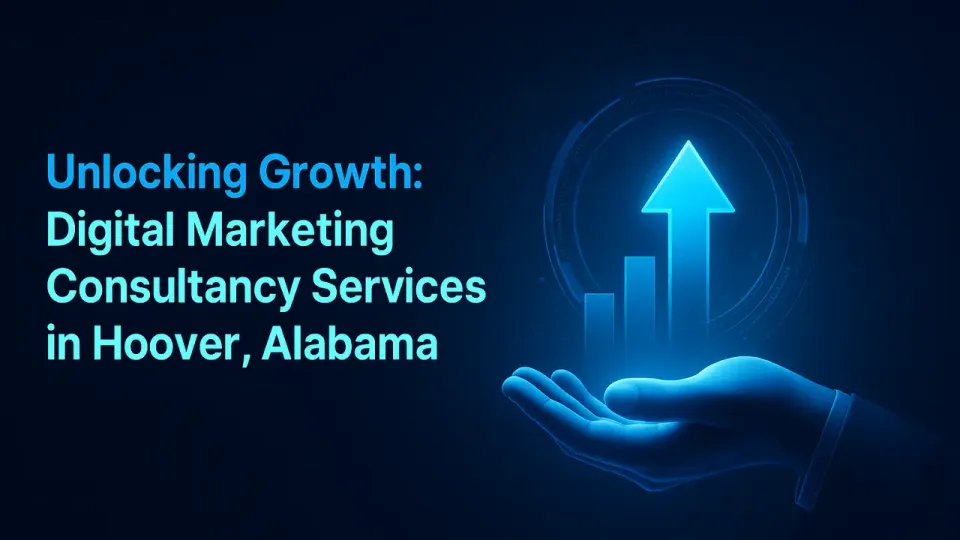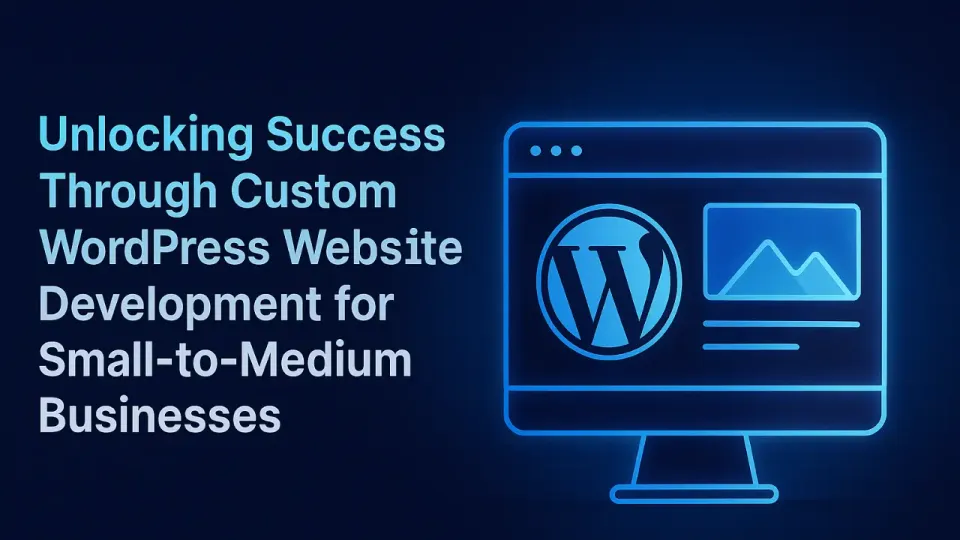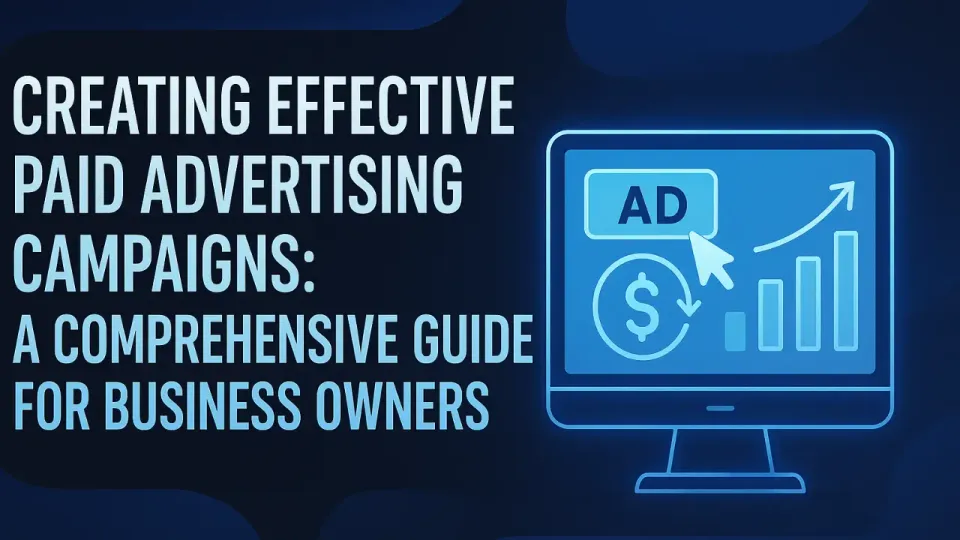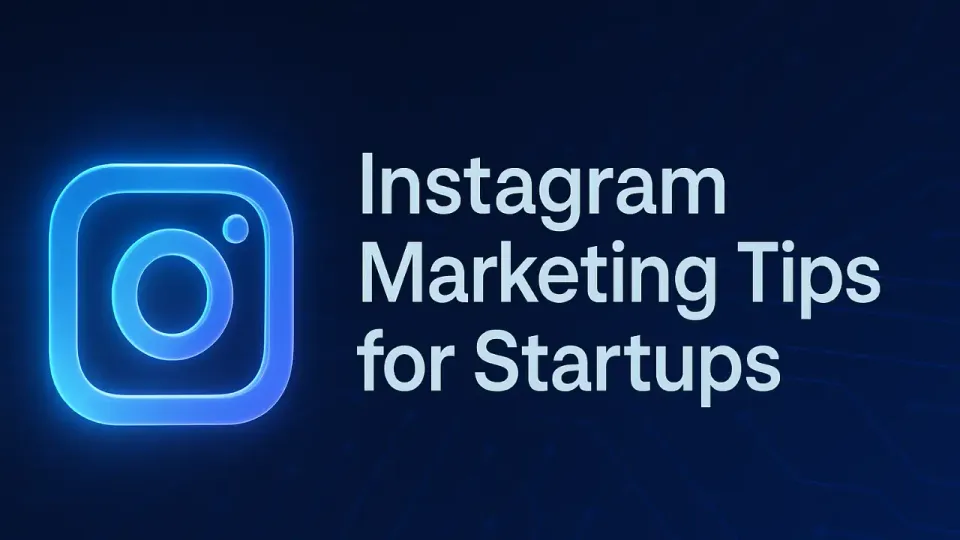How to Build a High-Converting Email List

In the fast-paced world of digital marketing, having a strong email list is crucial for the success of your business. But not just any email list—what you need is a high-converting email list. So, what exactly does this mean, and why is it so important?
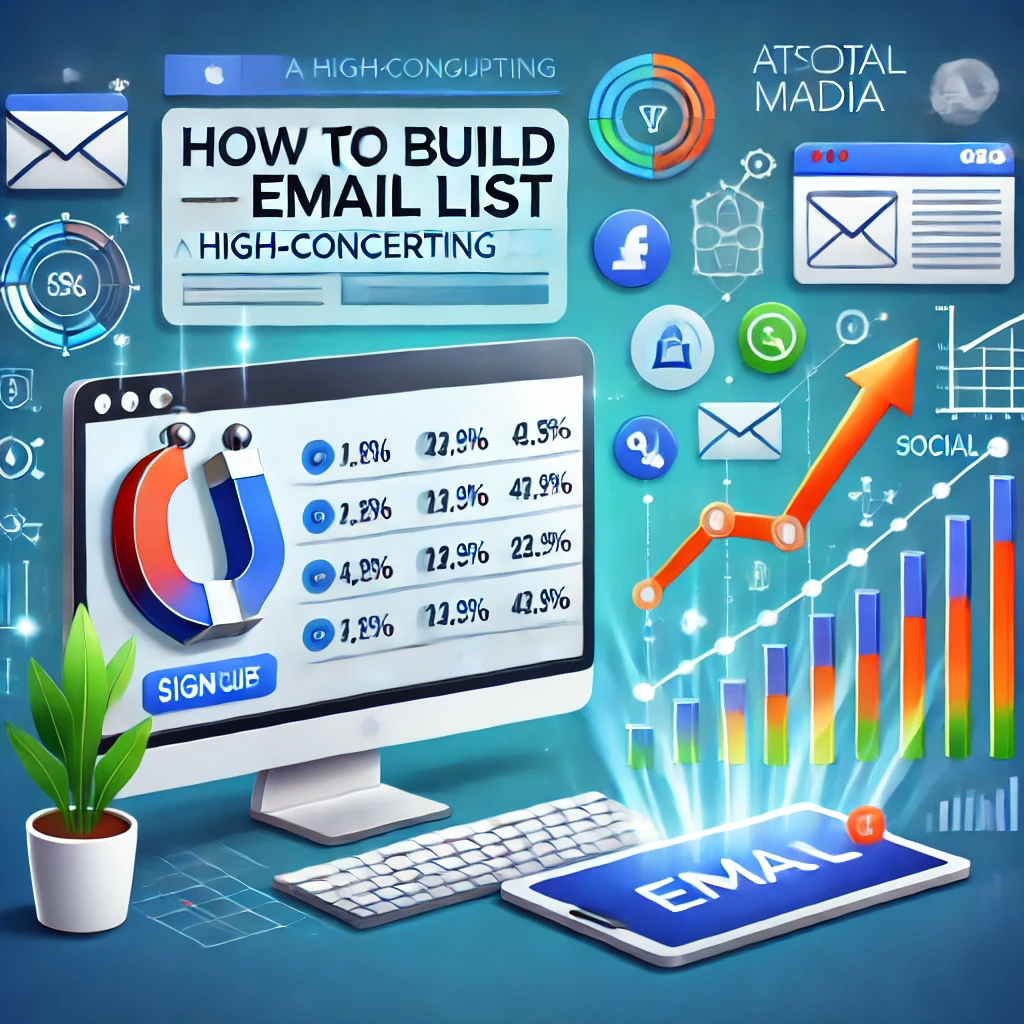
Our Voiceover Process
A high-converting email list is made up of subscribers who are genuinely interested in your products or services and are more likely to take action, whether it's making a purchase, signing up for a webinar, or downloading a resource. Building such a list isn't just about collecting emails; it's about attracting the right people and nurturing them into loyal customers.
This article will guide you through the essential steps to create an email list that not only grows but also converts. From understanding your audience and crafting irresistible lead magnets to optimizing your signup forms and engaging with subscribers, we’ll cover everything you need to know. By the end, you'll have a clear roadmap to enhance your email marketing efforts and drive real results for your business.
Whether you're new to email marketing or looking to refine your strategy, these insights will help you create a powerful email list that contributes to your business’s growth. Let’s dive in and discover how to build an email list that truly works for you.
"Joining this community has been a game-changer for staying updated on the latest trends & events!" - John B.
Understanding Your Audience
Before you start building your high-converting email list, it's essential to understand who you're targeting. Knowing your audience is the first step toward crafting messages that resonate and drive action.
Identifying Your Target Audience
Start by defining who your ideal customers are. These are the people who are most likely to benefit from your products or services. Consider factors like their age, location, interests, and job roles. By narrowing down your audience, you can tailor your content to meet their specific needs and preferences.
Conducting Market Research and Surveys
To gain deeper insights into your audience, use market research and surveys. Ask questions about their pain points, goals, and preferences. This feedback will help you understand what motivates them and what type of content they find valuable. Tools like online surveys and social media polls can provide valuable data to guide your email marketing strategy.
Creating Buyer Personas
Once you have a clear picture of your target audience, create detailed buyer personas. These are fictional characters that represent different segments of your audience. Each persona should include information about their demographics, interests, and buying behaviors. By visualizing your audience in this way, you can craft more personalized and relevant email campaigns.
Understanding your audience is the foundation of effective email marketing. When you know who you're speaking to, you can create messages that are not only engaging but also drive conversions. With a clear understanding of your audience, you're well on your way to building an email list that delivers real results for your business.
Crafting Irresistible Lead Magnets
Now that you understand your audience, it's time to attract them with something they can't resist—a compelling lead magnet. Lead magnets are valuable resources or incentives that encourage potential subscribers to join your email list. Here’s how to create lead magnets that truly resonate and convert.
Definition and Examples of Lead Magnets
A lead magnet is a free resource or offer that provides immediate value to your audience in exchange for their email address. Think of it as a way to offer something useful that solves a problem or meets a need. Common examples include eBooks, whitepapers, checklists, and templates. The goal is to provide a solution that is both valuable and relevant to your target audience.
Types of Lead Magnets
Different lead magnets appeal to different segments of your audience. Here are a few types to consider:
- eBooks and Guides: Comprehensive resources that provide in-depth information on a specific topic.
- Checklists and Templates: Practical tools that simplify tasks and processes.
- Webinars and Workshops: Interactive sessions that offer expert insights and live engagement.
- Free Trials and Demos: Opportunities for potential customers to experience your product or service firsthand.
Best Practices for Creating Valuable and Relevant Lead Magnets
To ensure your lead magnet is effective, follow these best practices:
- Solve a Specific Problem: Your lead magnet should address a common challenge or need your audience faces. The more specific and relevant, the better.
- Offer Immediate Value: Make sure the resource provides instant, actionable insights or benefits. It should be something your audience can use right away.
- Keep It Simple: Avoid overwhelming your audience with complex or lengthy materials. Aim for clarity and ease of use.
- Design It Professionally: Ensure your lead magnet looks polished and professional. Good design enhances credibility and encourages downloads.
- Promote It Effectively: Place your lead magnet prominently on your website and in your marketing materials. Use clear calls-to-action to drive sign-ups.
Crafting irresistible lead magnets is about offering value that aligns with your audience's needs. When you create resources that are helpful and appealing, you'll attract high-quality subscribers who are eager to engage with your content. This approach not only boosts your email list but also sets the stage for successful marketing campaigns.
Optimizing Signup Forms and Landing Pages
With your lead magnets in place, the next step is to optimize your signup forms and landing pages to maximize conversions. These elements are crucial as they are often the first point of interaction potential subscribers have with your email list.
Designing User-Friendly Signup Forms
A well-designed signup form is essential for capturing leads efficiently. Here’s how to make sure yours is user-friendly:
- Keep It Simple: Request only essential information, such as the email address and perhaps the name. The fewer fields you have, the more likely people are to complete the form.
- Use Clear Labels: Ensure each field is clearly labeled so users know exactly what information is required.
- Make It Visually Appealing: Use a clean and attractive design that aligns with your brand’s aesthetics. A cluttered or unattractive form can deter potential subscribers.
- Include Trust Signals: Add elements such as privacy statements or security badges to reassure users that their information is safe.
Placement Strategies for Maximum Visibility
The placement of your signup form is crucial for visibility and accessibility:
- Prominent Placement: Position your form in high-traffic areas of your website, such as the homepage, blog sidebar, or header/footer sections.
- Use Pop-Ups Wisely: Pop-ups can be effective if used sparingly and timed appropriately, such as when a visitor shows intent to exit the page.
- Embed Forms in Content: Place forms within relevant content, such as blog posts or resource pages, where users are already engaged.

Creating Compelling Call-to-Actions (CTAs)
Your call-to-action (CTA) is what drives users to take the next step. Here’s how to craft effective CTAs:
- Be Specific: Use clear and specific language that tells users exactly what they will get by signing up, such as “Download Your Free eBook” or “Get Instant Access to Our Webinar.”
- Use Actionable Language: Employ strong action verbs like “Join,” “Get,” or “Discover” to encourage users to take action.
- Make It Stand Out: Ensure your CTA button is visually distinct from the rest of the page, using contrasting colors and prominent placement.
Testing and Optimizing Forms and Landing Pages
Continuous testing and optimization are key to improving conversion rates:
- A/B Testing: Experiment with different versions of your forms and landing pages to see which performs better. Test variations in design, copy, and placement.
- Analyze Performance: Use analytics tools to track how well your forms and landing pages are converting. Look at metrics like submission rates and bounce rates.
- Gather Feedback: Solicit feedback from users to identify any issues or areas for improvement in the signup process.
By optimizing your signup forms and landing pages, you make it easier for potential subscribers to join your email list and ensure that the experience is as seamless as possible. A well-designed, user-friendly signup process not only boosts conversions but also enhances the overall effectiveness of your email marketing strategy.
Engaging and Nurturing Subscribers
Once you’ve successfully attracted subscribers to your email list, the next step is to engage and nurture them. Building a high-converting email list isn’t just about getting people to sign up; it’s about maintaining their interest and guiding them towards becoming loyal customers.
Strategies for Welcoming New Subscribers
A warm welcome sets the tone for your relationship with new subscribers:
- Send a Welcome Email: Immediately send a personalized welcome email thanking them for subscribing. Use this opportunity to introduce your brand, explain what they can expect, and offer any initial benefits or resources.
- Provide Clear Next Steps: Let subscribers know how often they can expect to hear from you and what type of content you’ll be sending. This helps set expectations and keeps them engaged.
- Include a Special Offer: Consider including a special offer or discount in your welcome email to encourage immediate action and build goodwill.
Creating Personalized and Relevant Email Content
To keep subscribers engaged, tailor your content to their interests and needs:
- Segment Your List: Use the data you have to segment your email list into different groups based on factors such as interests, behavior, or demographics. This allows you to send targeted content that resonates with each segment.
- Personalize Your Messages: Address subscribers by their names and customize the content based on their preferences or past interactions. Personalization can significantly improve engagement and conversion rates.
- Offer Value: Ensure your emails provide valuable content that addresses your subscribers’ pain points, interests, or goals. This could include tips, industry insights, or exclusive offers.
Implementing Automated Email Sequences
Automated email sequences can help you nurture leads efficiently:
- Welcome Series: Set up a series of automated emails that introduce new subscribers to your brand and gradually provide more information about your products or services.
- Educational Drip Campaigns: Create a sequence of emails that educate subscribers on specific topics or guide them through a process. This helps build trust and positions you as an expert.
- Re-engagement Campaigns: Automatically reach out to inactive subscribers with targeted content or special offers to re-engage them and bring them back into the fold.
Analyzing and Segmenting Your Email List for Better Targeting
Regularly analyze your email list and performance metrics to optimize your strategy:
- Monitor Engagement Metrics: Track open rates, click-through rates, and conversion rates to gauge how well your emails are performing. Use this data to refine your content and approach.
- Segment Based on Behavior: Adjust your segmentation based on subscriber behavior, such as purchase history or engagement levels. This allows you to send more relevant content and improve conversion rates.
- Solicit Feedback: Encourage subscribers to provide feedback on your emails. This can offer insights into what they find valuable and help you make necessary improvements.
Engaging and nurturing your subscribers is key to maintaining a high-converting email list. By providing personalized, relevant content and using automated sequences to guide and support your subscribers, you build stronger relationships and drive long-term success for your email marketing efforts.
Summary
Building a high-converting email list involves several key steps that collectively drive real business results. Start by understanding your audience through market research and detailed buyer personas to tailor your content and offers to their specific needs. Craft valuable lead magnets that address your audience’s pain points and provide immediate, relevant benefits. Optimize your signup forms and landing pages by designing them to be user-friendly, strategically placing them for visibility, and using clear, actionable CTAs. Continuously test and refine these elements to improve conversion rates. Once subscribers are on your list, focus on engaging and nurturing them through personalized content and automated email sequences. Regularly analyze performance metrics and segment your list to enhance targeting and effectiveness. By applying these strategies, you’ll build an email list of engaged subscribers who are more likely to become loyal customers, thereby maximizing the impact of your email marketing efforts.
"Joining this community has been a game-changer for staying updated on the latest trends & events!" - John B.


